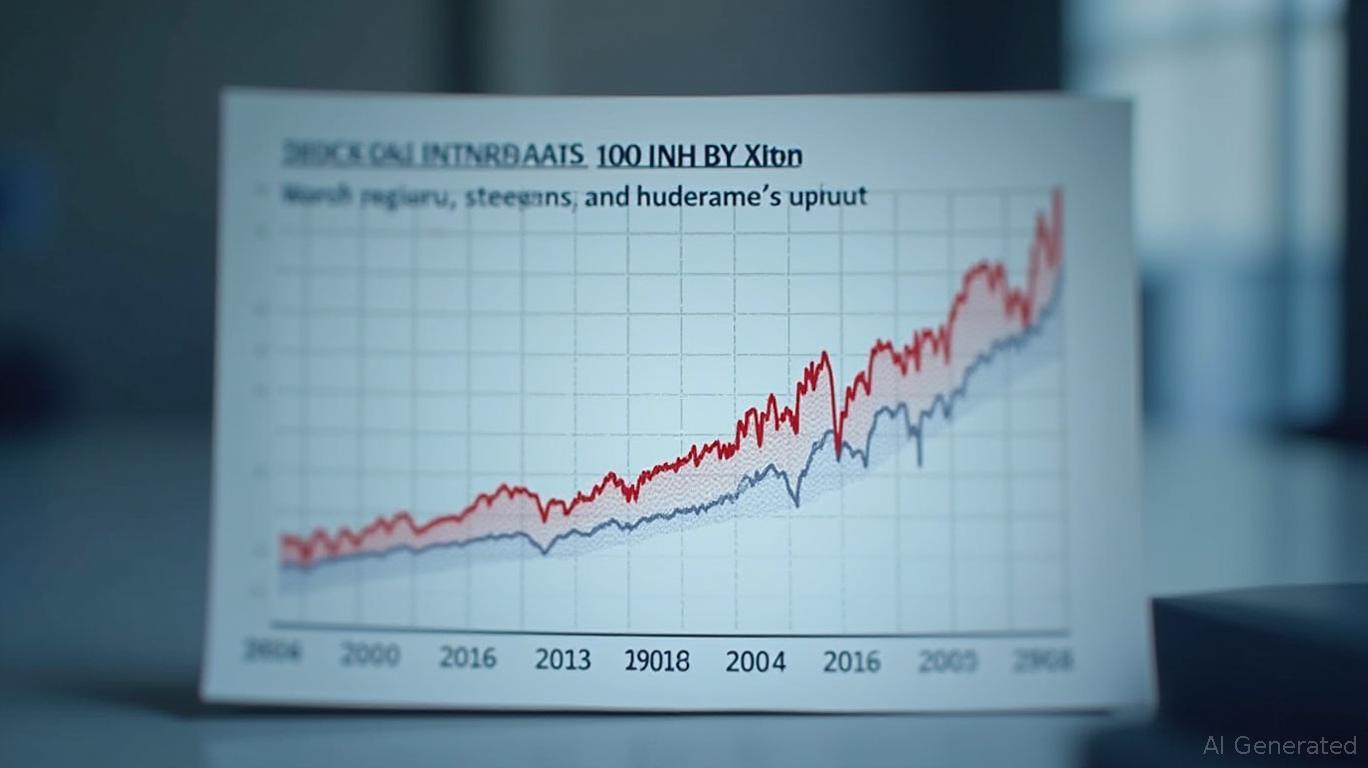Warsh’s Vision for the Fed: A Shift in Monetary Policy and Its Investment Implications
The Federal Reserve’s approach to monetary policy faces a pivotal crossroads, with former governor Kevin Warsh emerging as a vocal advocate for sweeping reforms. His critiques of the Fed’s current framework—including its reliance on “data dependence,” overreach into fiscal and political domains, and inadequate inflation control—suggest a potential paradigm shift if he assumes leadership. For investors, Warsh’s vision could reshape interest rates, market volatility, and sector performance for years to come.
The Case Against Current Fed Policies
Warsh argues that the Fed’s post-pandemic policies have contributed to surging inflation and an unsustainable $34 trillion national debt. His primary criticisms include:
1. Data-Driven Instability: The Fed’s “data dependence,” which ties rate decisions to real-time economic metrics, creates uncertainty for markets. Warsh advocates for a rules-based framework, such as targeting a fixed inflation rate, to reduce volatility.
2. Overreach into Fiscal Policy: The Fed’s involvement in societal issues and its coordination with the Treasury on fiscal matters undermines its independence. Warsh insists the Fed must focus solely on its dual mandate of price stability and full employment.
3. Delayed Inflation Response: He blames the Fed for enabling inflation by maintaining near-zero rates too long and expanding its balance sheet via quantitative easing (QE). In a 2024 op-ed, he wrote, “Inflation is a choice, and the Fed has made a lot of bad choices.”
Potential Policy Shifts Under Warsh
If Warsh becomes Fed chair, investors should anticipate:
- Higher Rates for Longer: A hawkish stance to prioritize price stability could mean rates stay elevated even as growth slows.
- End of QE and Balance Sheet Reduction: Warsh has opposed unconventional tools like bond-buying programs, signaling a return to traditional monetary instruments.
- Fiscal Discipline Pressure: His emphasis on curbing government spending could influence infrastructure and defense budgets, potentially slowing sectors reliant on public funding.
Investment Implications
Warsh’s reforms would ripple through markets:
1. Fixed Income Markets: Higher-for-longer rates could pressure bond prices, especially long-dated Treasuries. Investors might favor short-term bonds or inflation-linked securities.
2. Equity Sectors:
- Financials: Banks and insurers could benefit from steeper yield curves and reduced regulatory overreach.
- Tech & Growth Stocks: Sensitive to rising rates, these sectors may underperform unless earnings growth offsets valuation headwinds.
- Energy & Materials: A rules-based Fed might stabilize energy prices, favoring commodities tied to global demand.
- Trade Policy Tensions: While Warsh supports free trade, Trump’s protectionist tariffs could clash with Fed goals. Sectors like manufacturing and semiconductors might face uncertainty from tariff-driven inflation.
Data-Driven Outlook
Warsh’s policies align with historical Fed tightening cycles. For instance, the 1980s Volcker-era saw rates peak at 20% to crush inflation, but also triggered recessions. If Warsh follows a similar path, GDP growth could slow to 1–1.5% by 2025, with unemployment rising modestly.
Conclusion: Navigating the New Fed Landscape
Warsh’s vision prioritizes long-term stability over short-term gains, which could benefit investors focused on durable returns. Key takeaways:
- Diversify for Volatility: Use a mix of rate-resistant assets (e.g., high-yield bonds, REITs) and defensive equities.
- Monitor Inflation Metrics: Track the Core PCE Price Index—Warsh’s likely target—to gauge policy shifts.
- Sector Rotation: Rotate into financials and energy while hedging against tech cyclicality.
Warsh’s reforms, if implemented, would mark a return to the Fed’s traditional role. Investors who anticipate these changes—by emphasizing fiscal discipline and rate sensitivity—will be best positioned to navigate the evolving economic landscape.
In sum, Warsh’s potential leadership offers both risks and opportunities. For now, the market’s focus remains on Powell’s final year, but 2026 looms large as a turning point for monetary policy—and portfolios.
























